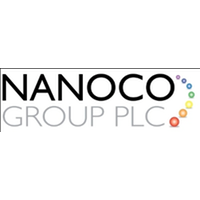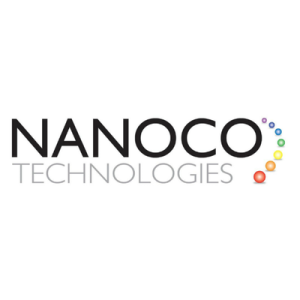This report is the last in a series of three examining key growth areas in the global photonics market. It looks at quantum dots (QDs), engineered semiconductor particles which emit light of precisely controlled colours when stimulated by either light or electricity. QDs are used in a growing range of applications including displays, infra-red sensors, horticultural lighting, photovoltaic generation and biological probes. Mordor Intelligence expects demand from these applications to drive market growth at a CAGR of 40.9% between 2021 and 2026 to reach US$4.4bn by 2026.
Sensors: Improving the sensitivity of silicon
Applications such as 3D sensing are migrating from the visible to the near infra-red (NIR) and short wave infra-red (SWIR) regions of the spectrum. OEMs are adopting longer wavelengths for light detection and ranging (LiDAR) to be eye-safe and, in the case of mobile phones, able to be located under the OLED (organic LED) screen rather than in a cutaway. Cost-effective silicon sensors are widely used in mobile devices at present but are not sufficiently sensitive at these longer NIR and SWIR wavelengths. Semiconductor manufacturer STMicroelectronics (STM:EPA), Belgian research institute IMEC and camera manufacturer SWIR Vision Systems are developing silicon sensor architectures which include QDs for improved sensitivity. We have previously inferred that ST is using nanomaterials from Nanoco (NANO:LN).
Nanoco Group PLC (LON:NANO) leads the world in the research, development and large-scale manufacture of heavy metal-free nanomaterials for use in displays, lighting, vertical farming, solar energy and bio-imaging.


